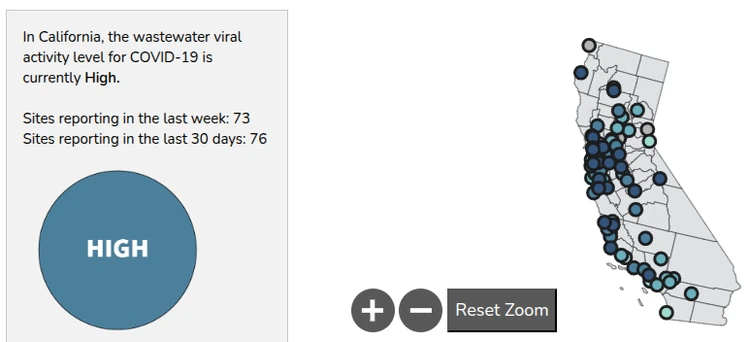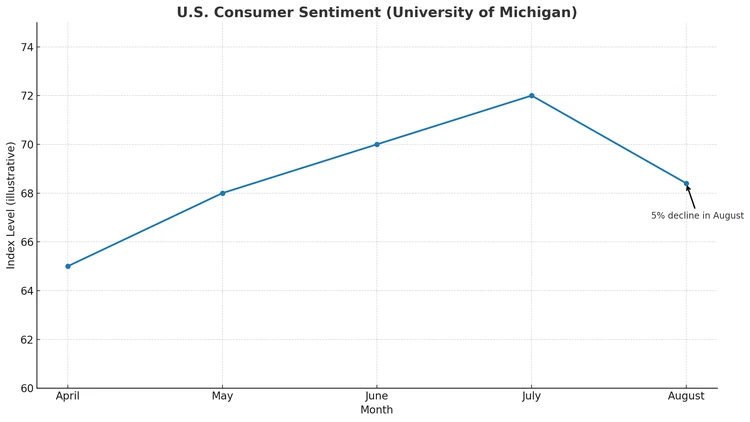Food imports added to the increase
-
The Producer Price Index (PPI) for final demand rose 0.9% in July, marking its largest monthly increase since early 2022.
-
The annual PPI increase reached 3.3%, the highest 12-month gain since February 2025.
-
Rising service margins and food prices drove much of Julys inflation, with wholesale machinery margins and fresh vegetables surging.
Economists were surprised when Julys Consumer Price Index failed to show much impact from tariffs. They only had to wait until the July Producer Price Index was released. It shows a sharp increase in prices at the wholesale level.
The U.S. Bureau of Labor Statistics reports the PPI for final demand jumped 0.9% in July, seasonally adjusted, rebounding from an unchanged reading in June and a 0.4% increase in May. This marks the largest monthly rise in the headline index since March 2022.
On a year-over-year basis, producer prices climbed 3.3%, their fastest pace since a 3.4% increase posted in February 2025.
More than three-quarters of July's broad-based increase stemmed from higher prices in final demand services, which advanced 1.1%. Over half of this service escalation came from higher margins in trade services wholesalers and retailers with trade margins leaping 2.0%.
Machinery and equipment wholesaling margins jumped 3.8%, contributing roughly 30% of the total July service price increase. Boosts were also seen in portfolio management, investment-related services, traveler accommodation, automobile retailing, and freight transportation. In contrast, outpatient hospital care, furniture retailing, and pipeline transportation of energy saw price declines.
Food and vegetables
Final demand goods prices rose 0.7%, matching January's biggest monthly increase for the year. Foods, many of them imported, led the way, with prices up 1.4%. Fresh and dry vegetables soared an extraordinary 38.9%, responsible for a quarter of the overall goods price jump.
Meats, diesel, jet fuel, nonferrous scrap, and eggs for fresh use also became more expensive, while gasoline prices dropped 1.8%. Prices for canned poultry and plastic resins slipped as well.
Excluding foods, energy, and trade services, core producer prices climbed 0.6% in July, their highest monthly increase since March 2022s 0.9%. Over the past 12 months, this measure of underlying producer inflation is up 2.8%, slightly hirer than consumer prices.
Gains in producer prices arent automatically passed along to consumers, but at some point they usually are. The latest data show robust upward pressure on America's upstream prices, with services inflation and volatile food prices especially vegetables acting as key drivers in July. Gasoline and select goods provided modest inflation relief, but overall producer price pressures accelerated heading into the fall.
Posted: 2025-08-14 13:53:12






















